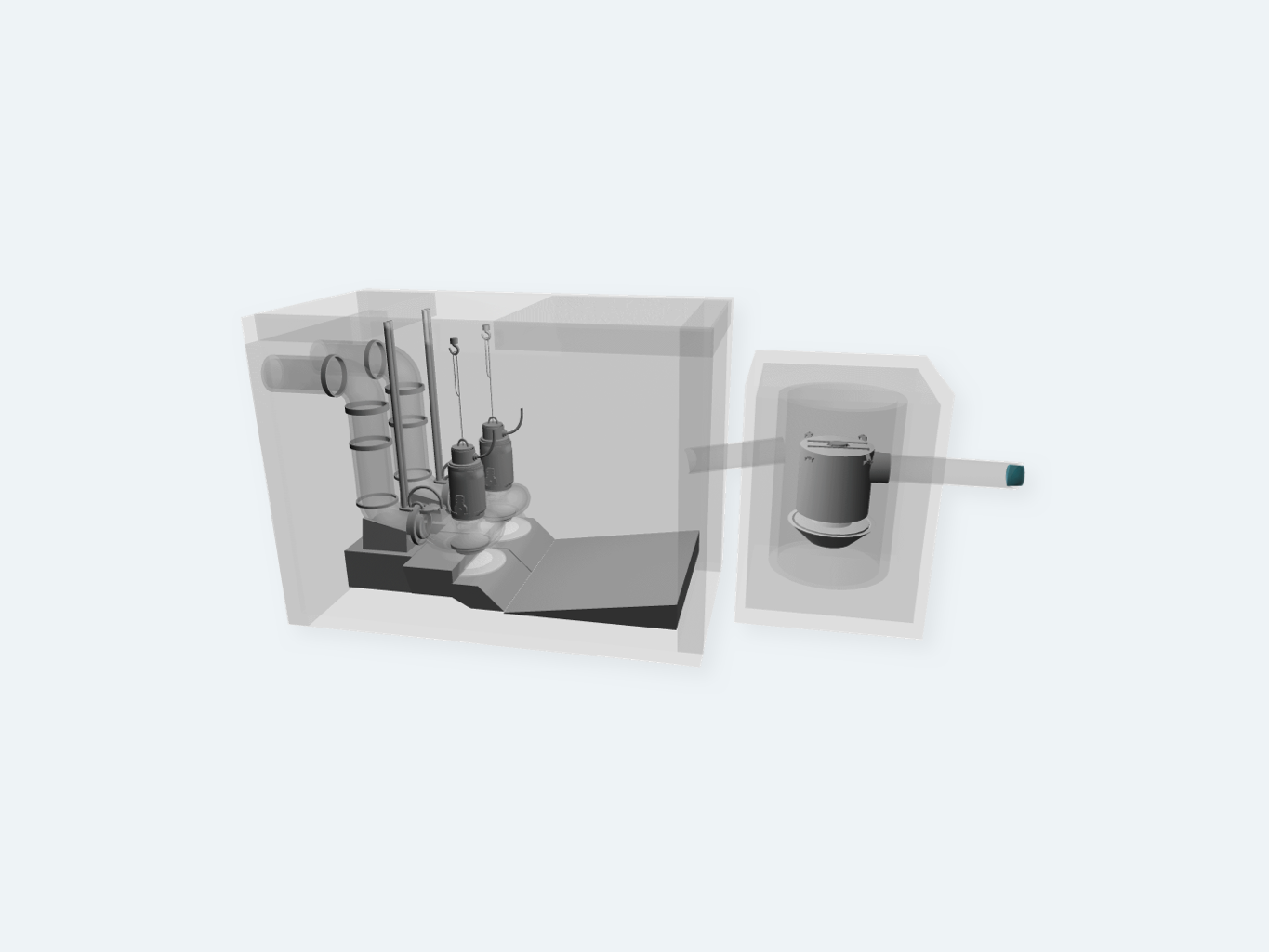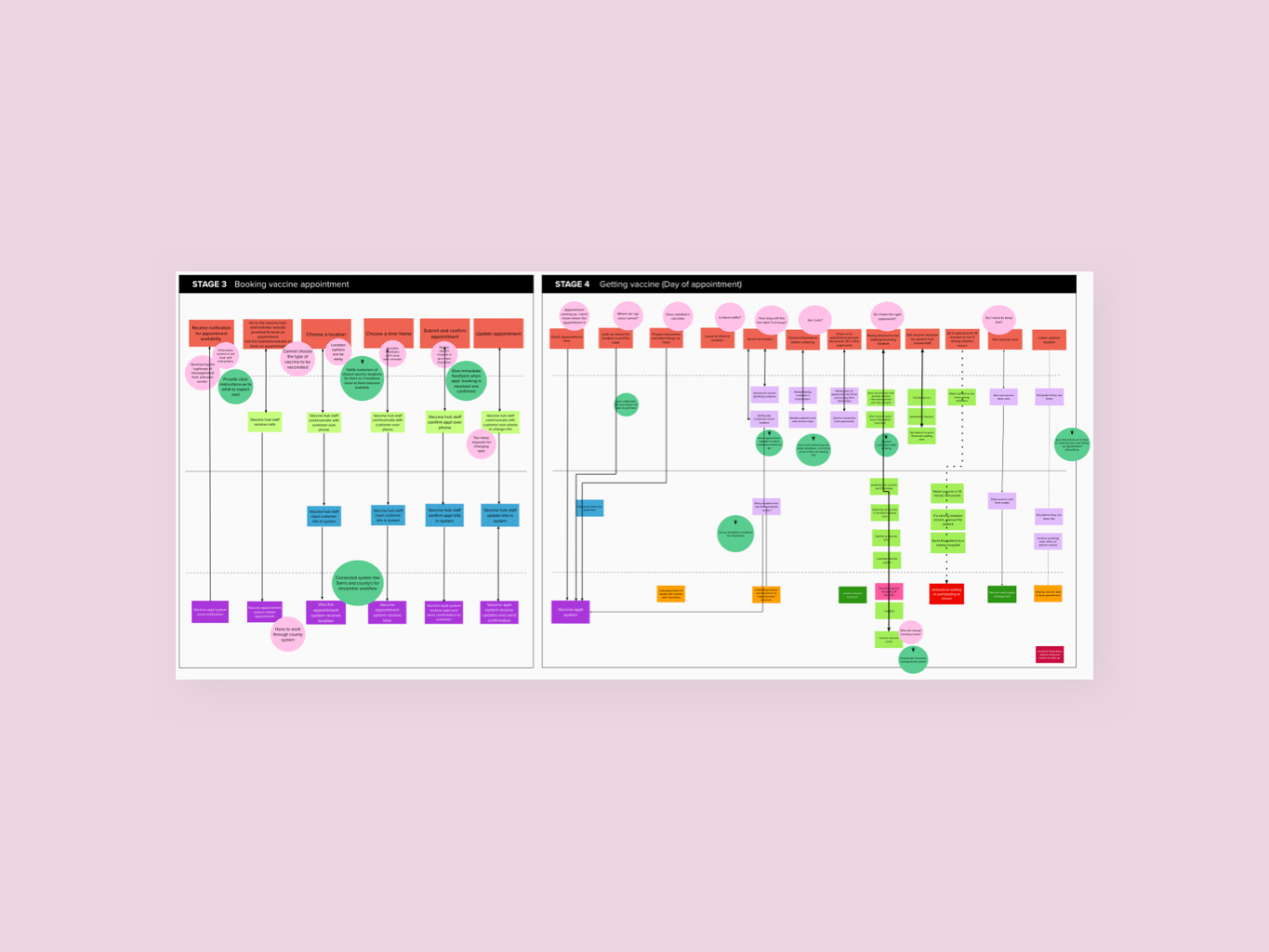Challenge
Access client's web app to uncover information architecture issue and discover usability problems for design improvements
Deliverables
Information architecture report, usability testing report, redesign recommendations, prototypes
Role
Project lead, researcher, designer
The Overview _
Our client Spatial Laser is a real estate investment analysis provider and they were at the last stage of launching their new investment tool, Locate Alpha. Locate Alpha is a software-as-service application offering machine-learning based models and data analysis to help real estate investors discover opportunities and invest in properties.
As part of our client's process of validating their design solutions and discovering usability issues before the initial release, our group took the challenge as our information architecture class semester project.
The Objectives _
In the kickoff meeting with our client, we were shared with some real estate market insights, the basic profile of their users and the main pain points they are trying to solve. Our challenge for this project mainly focused on elevating their current prototypes for their customers to easily learn and navigate through their system and utilize it for investment decision making.
Our objectives of this project were to:
- Uncover the issue of organization, navigation and labeling through information architecture research methods like content mapping, analysis and card sorting
- Discover usability problems via remote unmoderated usability testing
- Provide redesign solutions via design deliverables: blueprints, wireframes and prototypes
The Process _
Understanding pain points and needs _
Our clients have done around 40 interviews at the early research stage to better understand the needs and goals of their typical users, and our team was able to create a user profile based on their early findings.
Competitor analysis and metadata _
With the trend of homebuyers now finding their property online and bearing the user's pain point of having difficulty to gather and analyze data in mind, the competitors we chose for benchmarking analysis were data-driven investment applications in the market.
We looked through the organization, navigation, labeling and search systems of all of our four competitors: Carto, Deepblocks, HouseCanary and Zillow.
The key research findings from this benchmark analysis are that most real estate data offerings use ambiguous organizations schemes, which rely on subjective human judgement to group. Additionally, having a top-down hierarchical structure for content is a requirement, because there are many layers of complexity in the real estate data and content.
Our metadata analysis covers the competitor app Zillow and the Locate Alpha test website. While these are two different platforms there are similarities when comparing the two to one another.
Usability testing _
In order to better understand how easy Locate Alpha is to use and if current content is sufficient and make sense to real users, we designed and conducted user research with unmoderated usability testing and card sorting study.
Unmoderated usability testing
The goal of the usability testing is to uncover problems and learn about users for Locate Alpha app. We tested the following factors of product’s usability:
- Discoverability of key features
- Learnability of key features
- Clarity of content presentation
- Navigation
- Visual design
All the usability testing is designed around the testing web application provided by our client. Live study is set up on Validately.com. The testing is unmoderated. We sent out 16 recruiting emails to potential participants and within the set time frame, collected 5 complete responses from 7 participants. Before we sent out the study, two pilot testing were done using the same online study but with a moderator’s guidance.
Overall result of usability testing
Result of each task
We identified many pain points and technical issues with the working prototype during the usability testing. We also documented observations made during the session. Based on that, we were able to identify improvement opportunities.
Card sorting
Before we sent our card sorting test to participants, we ran two rounds of pilot test. Based on the feedback from the pilot test, we decided to drop the goal that if users understand each terminology, and here were final objectives defined for the sorting:
- Validate users’ expectations under each filter categories
- Discover the most important factors when it comes scoping investment areas
However, because we only received 2 complete responses out of 7 participants, adding the 2 responses from pilot test, we only received 4 complete responses. The insufficient date didn't get us very far in terms of identifying common groupings.
For future study on content
Research should be carried out with users who have been used the application for a few times and already learned the basic functionalities of the app, therefore they would pay more attention to the actual content provided instead of putting their focus on learning about the application.
Design Solutions _
Blueprint and wireframes
Our blueprint is mostly based on current Locate Alpha’s content. Our user research didn’t identify any issues related to content. The most issues we identified from usability testing are workflow and navigation problems. These problems are also related to the visibility and learnability of the application features. The three wireframes are the results of usability research’s suggestions and action items.
Blueprint
Wireframe for onboarding process
Wireframe to improve filter discoverability
Hi-fi Design Improvements Demo
Content mapping and controlled vocabulary
We also created a content inventory and map for client's future content maintenance and development.
We chose to go with the ERIC thesaurus for the controlled vocabulary. We chose this thesaurus as it was easily accessible and understandable for even the novice user.




